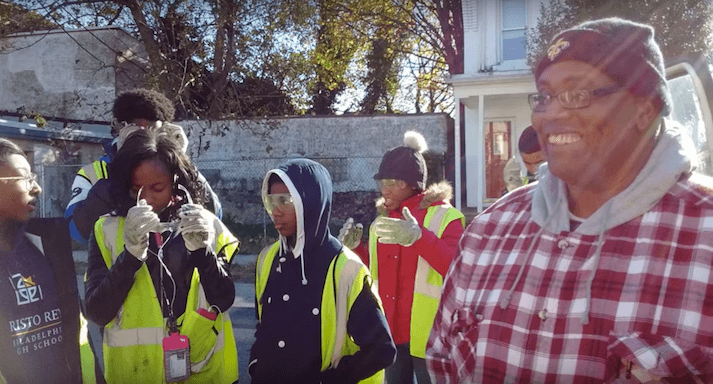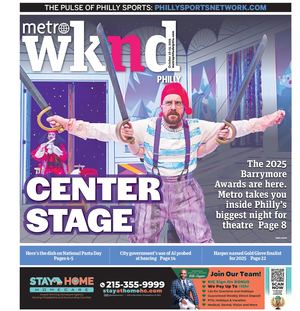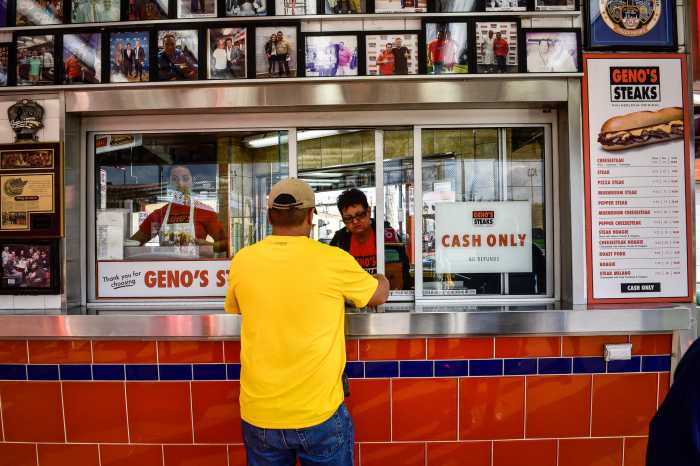It’s a sad fact of life for Philadelphians. On some blocks, litter, garbage and such eyesores as discarded mattresses or laundry dryers pollute the streets, sometimes for days.
In six months, however, the city can expect to see a new “action plan” for grappling with litter and waste from the Zero Waste and Litter Cabinet, which Mayor Jim Kenney created by executive order last week. Nic Esposito, the cabinet’s director, is someone who has dealt with the garbage like everyone else.
“I just cleaned up a lot next to my house, because I couldn’t stand to look at it anymore,” he said. I filled up five contractor bags. … I was just trying to get it cleaned up because I didn’t want it blowing everywhere.” Now he’ll be working withthe Zero Waste and Litter Cabinet to find new ways to fight litter and garbage citywide.But their focus is even grander than that.
It includes thegoal of Philly becominga “Zero Waste” city by 2035, by reducing “the amount of material in the waste stream … with a long-term goal of diverting almost all waste from conventional landfillsandincinerators.” Similar goals have previously been set in cities like New York and Los Angeles. Getting there will be a gradual process, but Esposito noted that market forces are already coming to bear on how businesses package their products, with more tending toward using recycled or biodegradable materials. “We can’t keep burying trash and throwing things away at the rate we’re doing as humans. It’s destroying the planet,” Esposito said.
One of the cabinet’s goals will be to expand the “litter index,” Streets Department data on which blocks have litter problems, and share it with the public.
“It would give the community a good idea of where they rate up amongst other neighborhoods,” Esposito said.
For clean-up volunteers like Ray Gant, founder of the Ray of Hope Project, tackling garbage in Philadelphia is easier said than done, and a big part of it is people’s attitudes.
“It’s bad, it’s bad,” Gant said. “Our business corridors in the urban neighborhoods are atrocious… it’s just sad.”
In a city where illegal dumping is common, Gant said “lack of enforcement” is the biggest problem, along with the “mentality” people develop that litter is so common, it’s not worth cleaning up. “We gotta keep cleaning it up. If we don’t, guess what, it’s never gonna change,” said Gant, who is currently working with a team of roughly 25 volunteers on semi-regular visits to some of the most trash-filled neighborhoods around the city, in places like Kensington, Frankford and Germantown. “Some people in these neighborhoods are buying into that hope. So they come out and clean up,” he said.
Litter Cabinet’s objectives
-Zero waste plan
-Litter Index
-Manage litter, illegal dumping
-Improve education, engage communities, partner with private businesses and community organizations
Mayor assembles cabinet to clean up Philadelphia

Courtesy of Ray of Hope Project





























